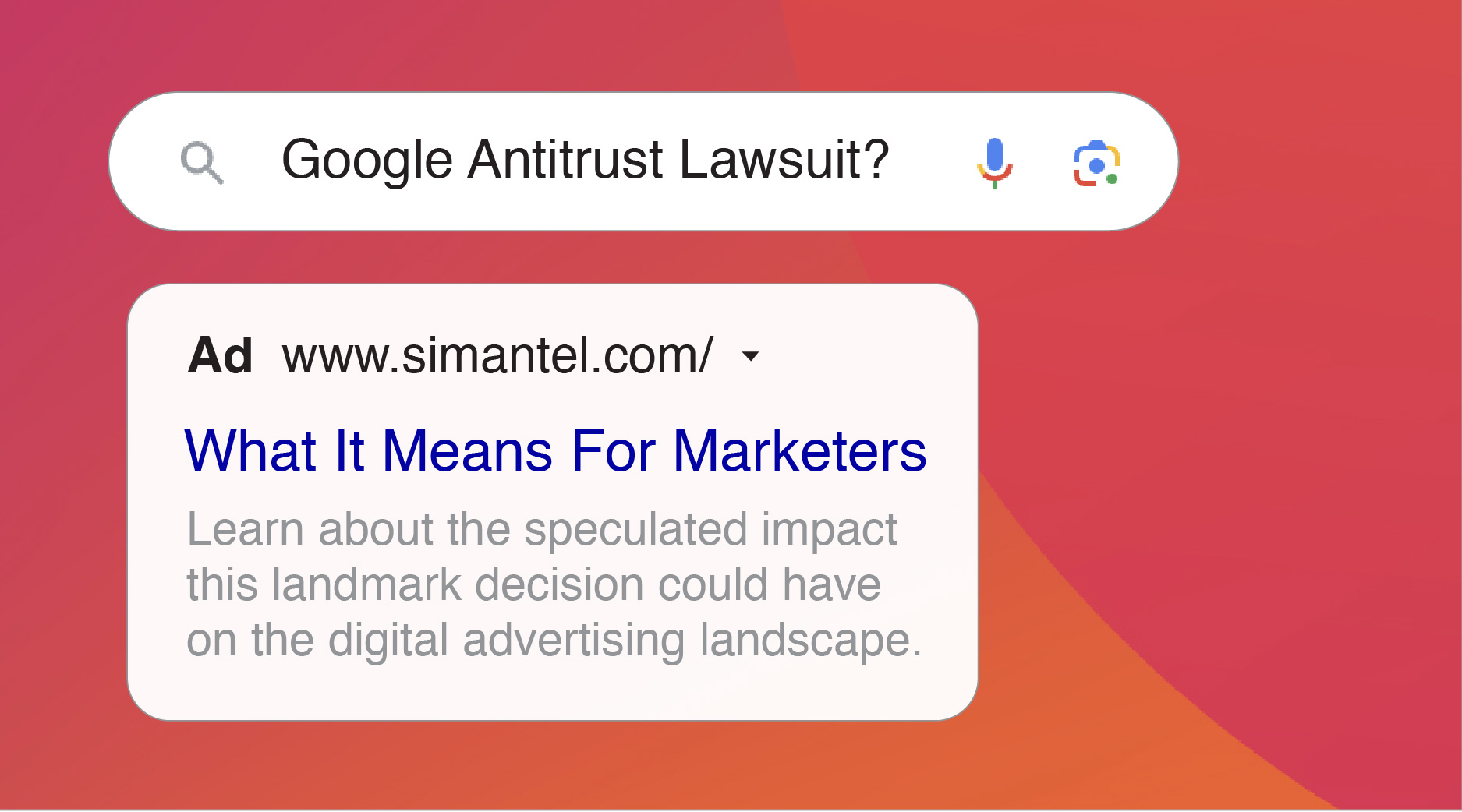It’s no secret that a common pain point for brands is the disconnect between sales and marketing teams, especially for companies relying on a distribution network. Thanks to content, technology and the vast amounts of data available, that gap is starting to close.
To continue educating others, industry leading media and data company Randall-Reilly invited Simantel to co-host a webinar to tell the story of how we came together to help our client, Knapheide Manufacturing, move their business forward. Although the webinar focused specifically on Knapheide’s journey, there are key lessons we feel many brands can benefit from.
If you missed the webinar, that’s ok. We’ve included a link to the recording at the bottom. But in the interest of time, here’s a recap of what we discussed.
Step 1: Find the Right Audience
It’s not enough anymore to just create helpful content. Using content to drive conversions is all about finding the right people to deliver your message to at the right time. Here are three steps to do just that:
- Step 1: Start with creating customer profiles. To decide on your criteria, rely on credible industry insights – both primary and secondary research. And be specific, because a broad generalization can waste time and money.
- Step 2: Create a custom audience. This step allows you to match potential customers through multiple digital channels such as Facebook, Google Search and YouTube. For example, check out these three tips from Randall-Reilly on building a custom audience for heavy-duty trucks.
- Step 3: Put a media strategy in place to target your custom audience. To be honest, this can be a whole blog within itself, so to get back to our webinar recap, here’s a great blog to follow to stay up-to-date on media trends.
Pro Tip: If you don’t yet have a data partner and you’re looking for ways to collect data on potential customers, find out where they spend their time and how they interact with brands. For example, tradeshows can be a hotbed of information. Just because it’s not online, don’t lose site of the fact that you can utilize this information. Marketing automation platforms offer features to help integrate online and offline activities.
Webinar Poll Results: We asked our webinar attendees what their greatest challenge is with their target audience. The majority of respondents (54 percent) selected “I know my audience, but I don’t know which channel is best to reach them,” making steps two and three above crucial.
Step 2: Fill the Sales Funnel
For most companies, filling the sales funnel may not be the problem. It’s properly capturing leads, seamlessly distributing them to the sales team and effectively tracking the outcome. This becomes especially excruciating for large companies that rely on a distribution network. During the webinar, we took a closer look at how we are successfully routing leads for Knapheide and then closing the loop by successfully tracking the outcome. For a detailed look, view the recording.
Pro Tip: While there are many different ways to improve communication between your sales and marketing teams, none of them can be accomplished if you overlook technology. For companies producing a large volume of leads, it is imperative to implement both a Customer Relationship Management (CRM) platform and a marketing automation platform. To learn more about the difference and why you need both, we break it down in our article Marketing + Sales = Super Team.
Webinar Poll Results: We asked our webinar attendees how effective their organization is at routing leads to the right sales person or distributor. The majority (68 percent) selected somewhat effectively, but what’s more important is that only nine percent selected very effectively. If distributing leads is one of your pain points, you’re not alone.
Step 3: Effectively Measure Your Marketing
According to Forbes, less than half a percent of all data is actually analyzed and used – it’s no secret that marketers are overloaded with data. So, measuring may not be the issue, but pulling all your metrics into one place and communicating a meaningful analysis is the strenuous part.
Start with developing a measurement strategy; what do you really want and need to know. Make sure to set clear expectations in the beginning, establish measurement goals and identify the data sources required to achieve your strategy.
Pro Tip: It’s important to note that this process requires a long-term investment…to do it successfully anyway. So be leery of those vendors trying to sell you a generalized set-it-and-forget-it dashboard. Our VP of Strategic Services, Misty Klobucher, recommends allocating 10 – 20 percent of your marketing budget on analytics. Keep in mind, you are not spending money just to measure and make media adjustments, you are investing in the ability to make smarter business decisions. For example, the custom executive, marketing and sales dashboards we set in place for Knapheide allows them to see which distributors are closing leads and how long it takes. This information can lead to operational adjustments, not just marketing and media optimizations. And that can lead to MORE conversions in the future.
Bonus Tip:
Find the right partner! Put the right team together to move your company forward. In this scenario, Simantel, Randall-Reilly and Knapheide each brought their own strengths to the table.
“We can all safely say we know who our customers are, but finding them and getting in front of them with the right message at the right time is a different story. For a lot of us, internal marketing resources are finite so we rely on partnerships as an extension of our internal marketing team. But how do you find the right partners to make that happen? You find the partners with experience with your customer base. Randall-Reilly has vast expertise on targeting contractors from numerous trades and Simantel has worked hand-in-hand with us on our marketing strategy and execution. There is a big difference between partners and vendors, so I encourage others to stay away from the vendors and establish a connection with a partner.
-Brian Richards, Marketing and Communications Manager at Knapheide Manufacturing
How to Get Started
- First, educate yourself and start Getting Real About Data
- Hold a workshop for all key stakeholders to get on the same page
- Decide the technology stack of tools you need. Be sure to research the right CRM and marketing automation platforms.
- Identify the data and review all sources available to you today. Also, consider partnering with a killer data partner in your industry, like Randall-Reilly.
- Implement a long-term investment plan. Just like anything in marketing, an effective approach takes time and continuous calibration.






